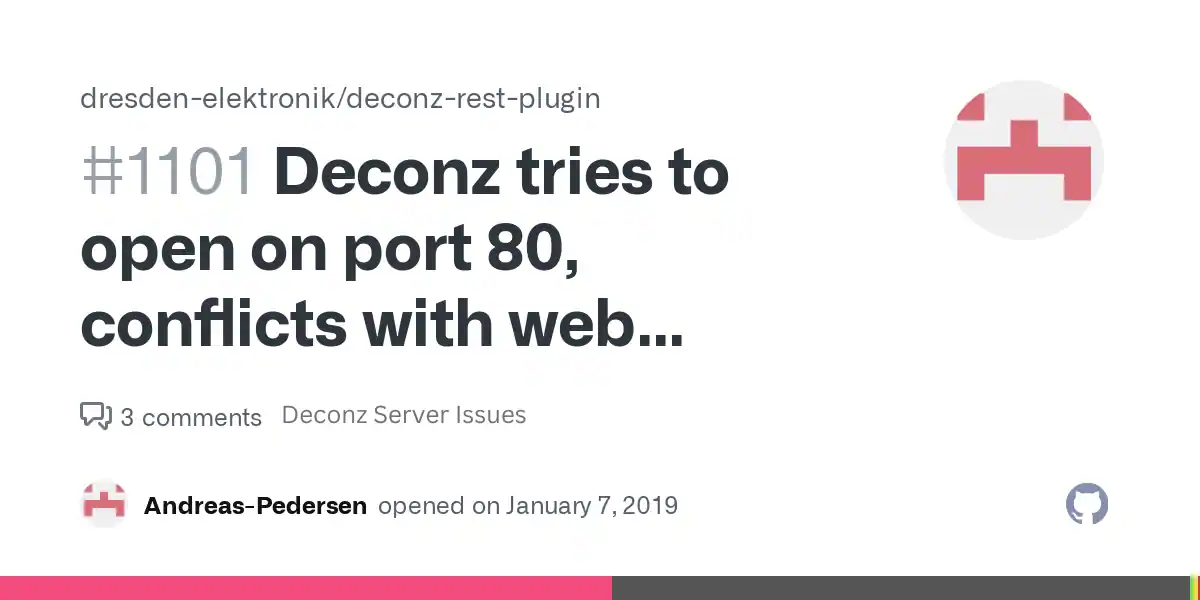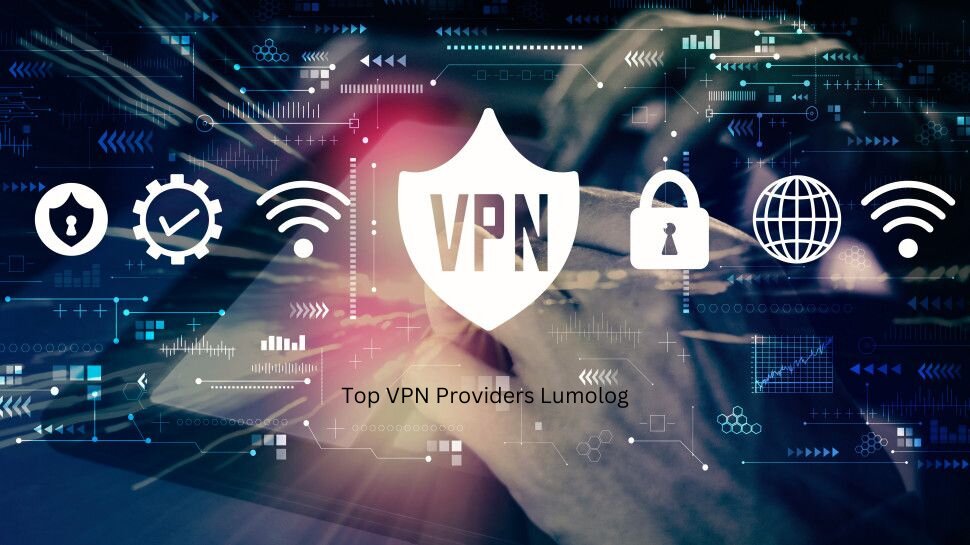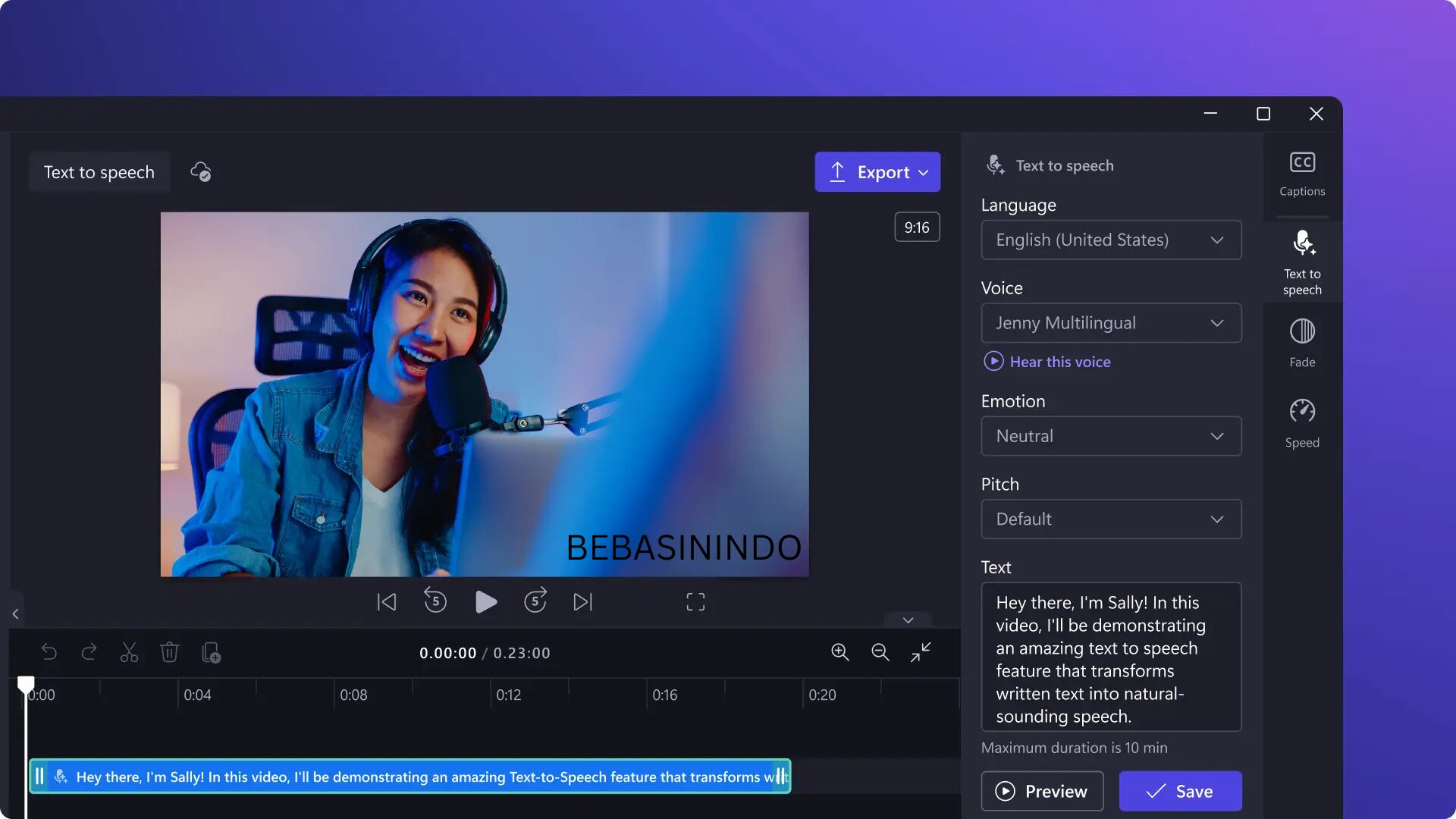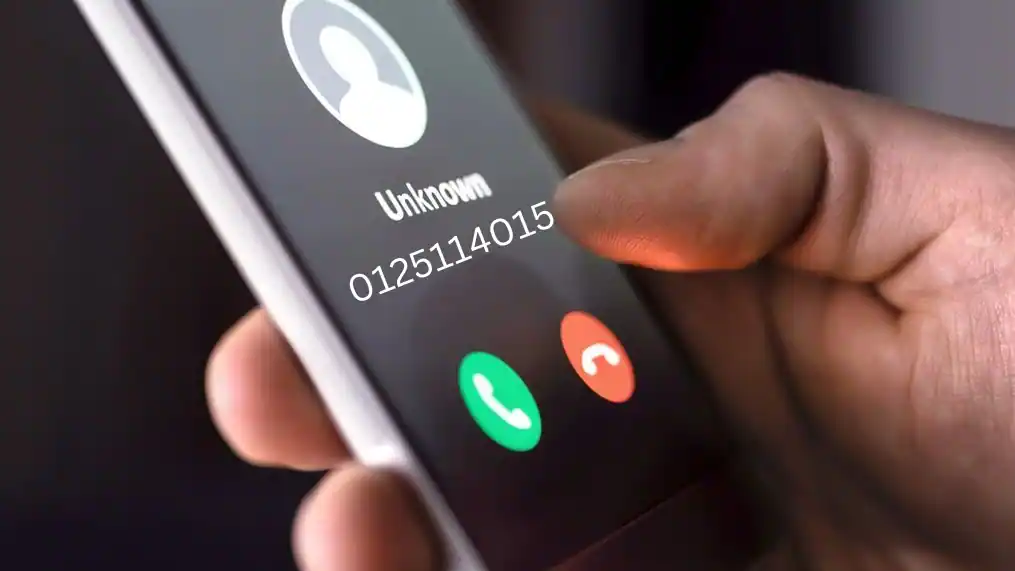Introduction to Deconz Server Issues
Deconz server issues can be a real headache for smart home enthusiasts. If you’ve ever found yourself staring at your devices, wondering why they won’t connect or respond, you’re not alone. The beauty of automation lies in its ease and convenience, yet connectivity problems can quickly turn that joy into frustration. Whether you’re trying to control your lights or manage other connected gadgets, understanding the root causes of these issues is crucial.
In this blog post, we’ll dive deep into the world of Deconz server hiccups. We’ll explore how to identify them, common culprits behind connectivity woes, and effective solutions that will have you back up and running in no time. With some pro tips along the way, you’ll be equipped to tackle any Deconz-related challenge that comes your way!
How to Check for Deconz Server Issues
Checking for Deconz server issues is straightforward. Start by examining your network connection. A stable internet connection is essential for smooth operation.
Next, access the Deconz web interface or use the Phoscon app. Look for any error messages or warnings that might indicate a problem. This can provide immediate insights into what’s going wrong.
You may also want to check online forums and communities dedicated to Deconz users. Often, others report similar issues, which could help you identify whether it’s a widespread problem with the server itself.
Additionally, inspect logs within the application if available. These logs can pinpoint specific connectivity problems and give clues on how to address them effectively.
Consider running diagnostics using built-in tools—if your version supports it—to further assess performance and detect anomalies in real time.
Common Causes of Connectivity Problems
Connectivity problems with Deconz can stem from various issues. One primary culprit is network interference, often caused by other wireless devices or walls that obstruct signals.
Another common cause is outdated firmware or software. When your system isn’t up to date, it may struggle to communicate effectively with connected devices.
Additionally, incorrect network settings can lead to frustrating connectivity challenges. If IP addresses are misconfigured or firewalls block necessary ports, the server won’t function properly.
Temporary glitches in the hardware itself can disrupt connections. Devices might freeze or become unresponsive for no apparent reason, leaving users puzzled and frustrated.
Understanding these causes helps pinpoint where troubleshooting efforts should be focused.
Top Fixes for Deconz Server Issues:
When faced with Deconz server issues, a simple restart can work wonders. It clears temporary glitches and refreshing the connection often resolves many problems.
Updating firmware and software is another essential fix. Ensure that both your Deconz software and any connected devices are running the latest versions. This helps maintain compatibility and boosts performance.
Network settings play a crucial role too. Check your router’s configuration to ensure it supports all necessary ports for Deconz connectivity. Sometimes, firewall settings may need adjustments to allow uninterrupted communication.
If you’re still facing challenges, consider resetting your devices. A factory reset can eliminate persistent errors but remember this will erase custom configurations, so proceed with caution!
A. Restarting the Server
One of the simplest yet most effective solutions for Deconz server issues is restarting the server. This quick action can resolve many connectivity problems that arise due to temporary glitches.
Start by accessing your Deconz interface. Look for an option to reboot or restart the server directly from there. If you’re unable to find this, a physical power cycle might be necessary.
Unplugging the device and waiting for about 30 seconds before plugging it back in allows all processes to reset. It clears memory caches and refreshes connections, which often leads to improved performance.
After restarting, check if your devices reconnect automatically. You may notice a significant improvement in responsiveness and reliability afterward. Sometimes, simple actions lead to big results when addressing frustrating connectivity issues with Deconz!
B. Updating Firmware and Software
Keeping your Deconz server up to date is crucial for smooth operation. Regular updates improve performance and security, ensuring your devices communicate effectively.
To update the firmware, navigate to the settings menu in your Deconz interface. Look for any available updates and follow the prompts to install them. It’s a straightforward process but can have significant impacts on connectivity.
Don’t forget about software updates as well. Whether you’re using it on a Raspberry Pi or another device, ensure that you’re running the latest version of both the operating system and deCONZ application itself.
Failing to update can lead to compatibility issues with new devices or features. This means fewer headaches later when everything works seamlessly together after an upgrade. Remember, staying current helps prevent unexpected glitches down the road while enhancing overall functionality.
C. Checking Network Settings
Checking your network settings can be a game-changer when troubleshooting Deconz server issues. Start by ensuring that your device is connected to the correct Wi-Fi network. Sometimes, devices may accidentally switch between networks.
Next, verify the IP address assigned to your device. An incorrect or conflicting IP can lead to connection problems. You want a unique address for each device in your network.
Look at the subnet mask as well; it should match other devices on your local network. If there’s any discrepancy here, you might run into connectivity snags.
Also, check firewall and router settings. Ensure that traffic isn’t being blocked inadvertently by security protocols. Adjusting these settings can often resolve underlying connectivity barriers without much hassle.
Consider rebooting your router after making changes. This simple step allows updates to take effect and refreshes connections across all devices linked to your home network.
D. Resetting Devices
Resetting devices can often breathe new life into your Deconz setup. If you’re experiencing persistent connectivity issues, this step may be necessary.
To reset a device, locate the physical reset button or follow the manufacturer’s instructions for software resets. This action typically restores factory settings, which can eliminate glitches that have developed over time.
After resetting, it’s crucial to re-pair the device with your network. Follow the pairing process carefully to ensure a smooth reconnection.
Remember that resetting will erase any customized settings. Be prepared to set up your preferences anew afterward.
If multiple devices are acting up, consider whether they share common factors like power sources or network connections. A coordinated reset might solve widespread problems across several units simultaneously.
Pro Tips for Troubleshooting Deconz Server Issues
When tackling Deconz server issues, a systematic approach can save time and frustration. Start by ensuring that your devices are within range of the Zigbee network. Poor signal strength can lead to intermittent connectivity.
Next, make use of logging features in the Deconz application. These logs can provide valuable insights into connection failures or device malfunctions. Understanding these patterns helps identify specific problems.
Consider using a dedicated network for smart home devices. This reduces interference from other Wi-Fi traffic and ensures smoother performance.
Engage with online communities or forums focused on Deconz troubleshooting. Many users share their experiences and solutions, which could offer new perspectives on your issue. Networking with others fosters knowledge sharing among enthusiasts who understand common challenges related to Deconz server functions.
Read More: 5StarsStocks Stocks to Invest in Now Before Everyone Else Does!
Preventing Future Connectivity Problems
To prevent future Deconz server issues, maintaining a stable network environment is crucial. Start by positioning your router centrally in your home. This ensures even signal distribution and minimizes dead spots.
Regularly update both your devices and the Deconz software. Staying current with updates can fix bugs that lead to connectivity problems.
Consider using wired connections when possible. Ethernet cables provide reliable communication between devices, reducing interference from other wireless signals.
Monitor the number of connected devices on your network as well. Too many simultaneous connections can strain bandwidth, leading to performance dips.
Create a routine check-up schedule for all equipment involved in your smart home setup. Early detection of any irregularities will save you time and headaches down the road.
Conclusion
Deconz server issues can be frustrating, but with the right approach, you can resolve them effectively. By understanding how to check for problems and identify common causes of connectivity issues, you’re already on the path to a solution.
Implementing the top fixes—such as restarting your server or updating firmware—can often restore connectivity quickly. Additionally, keeping an eye on network settings and device resets ensures that you’ve covered all bases.
Pro tips from experienced users highlight preventative measures that keep your Deconz setup running smoothly over time. Monitoring system performance regularly helps catch potential issues before they escalate into major headaches.
With these strategies in hand, navigating through Deconz server challenges becomes much more manageable. Embrace these solutions and enjoy seamless connectivity moving forward!















Leave a Reply